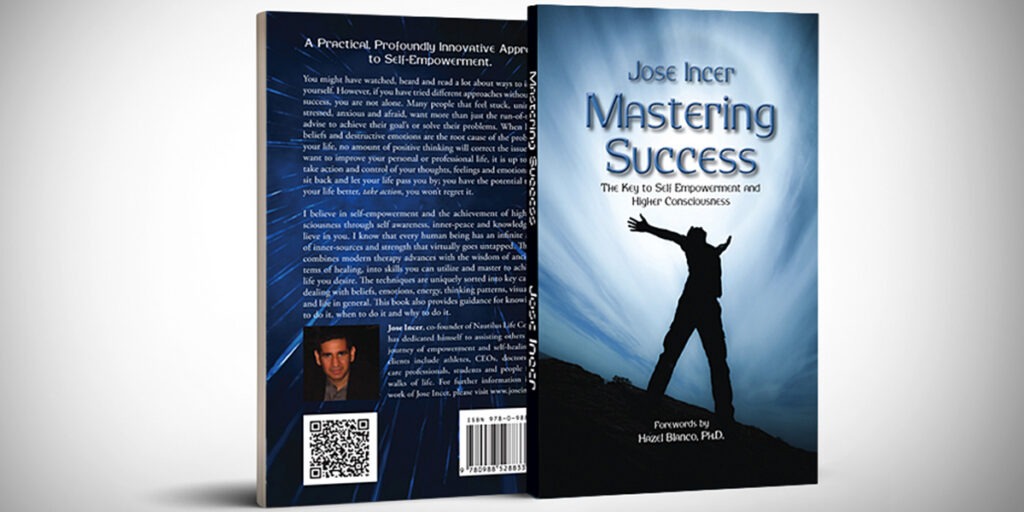Empowerment NLP Technique: Swish Patter
The clouds of uncertainty loom large. Economic downturns, shifting policies, and global tensions stir the pot of public unease. The whispers of recession creep into daily conversations, and with them, an insidious sense of dread. Anxiety tightens its grip, magnified by mental chatter that loops relentlessly, “What if I lose everything? What if I can’t provide?” This cycle feeds itself, spiraling into stress and stagnation.
But let’s pause. What if anxiety wasn’t the enemy? What if it was a misfiring alarm, blaring warnings where no real fire burns?
The Smoke Alarm That Won’t Stop
Imagine a smoke alarm shrieking in the dead of night, not because there’s a fire, but because it mistakes steam from your shower for smoke. Anxiety operates the same way. It’s a survival mechanism, a primal protector designed to alert us to danger. But sometimes, it malfunctions, screaming about worst-case scenarios that haven’t happened, and may never happen.
The mind’s emotional wiring gets tangled. Fear takes the driver’s seat, fueled by endless ‘what-ifs.’ The more you listen to mental chatter, the louder it grows, shaping reality into a landscape of limitations rather than opportunities. This emotional synesthesia, where a single thought triggers a flood of physical sensations, creates a feedback loop of distress.
The Root of Restlessness: Why Recessions Trigger Deep-Set Fears
Economic downturns don’t just impact bank accounts, they stir something deeper. Anxiety isn’t just about money; it’s about security, survival, and self-worth. Policies and financial instability serve as catalysts, but the true roots of fear often lie in past experiences—childhood uncertainties, generational trauma, or societal conditioning.
Many experts have explored the origins of conflicts and constraints, revealing how personal history shapes perception. Just as wars arise from unresolved grievances, internal battles stem from deeply ingrained beliefs. If anxiety is left unexplored, it festers, convincing you that danger lurks around every corner.
But what if you could shift your perception? What if you could rewrite the script running in your subconscious?
The future may be uncertain, but your ability to navigate it is not.
Rewiring the Mind: The Power of Tools for Transformation
Anxiety is not an unchangeable force. It can be rewired, reshaped, and even repurposed into resilience. Here’s how:
Hypnotherapy: Reprogramming the Subconscious
Hypnotherapy bypasses the mental chatter, guiding you into a relaxed state where suggestions can take root. Like a sculptor chiseling away at marble, hypnotherapy reshapes limiting beliefs, replacing fear with confidence and calm. It speaks to the subconscious in the language it understands—imagery, emotion, and repetition.
Neuro-Bilateral Reset™
A powerful process that desensitizes anxiety by disrupting the emotional charge behind distressing thoughts and memories. Through a unique blend of integrative methods, it restores calm, rewires emotional responses, and helps you reclaim a steady, grounded sense of self.
NLP (Neuro-Linguistic Programming): Reframing Reality
NLP rewires thought patterns, replacing negative loops with empowering alternatives. It’s the art of linguistic alchemy—transforming “I can’t handle this” into “I’ve handled challenges before, and I will again.” With simple shifts in language, perception follows, and confidence grows.
Meditation: Mastering Mental Chatter
Meditation silences the incessant noise, creating space between thought and reaction. Like ripples settling on a once-disturbed pond, meditation cultivates calm clarity. It trains the brain to detach from automatic fear responses and instead observe them with neutrality.
Emotional Intelligence: Understanding Anxiety’s Message
Anxiety isn’t just noise, it’s a message. Emotional intelligence teaches us to decode its meaning, to differentiate between true danger and imagined threats. By recognizing emotional triggers and responding with awareness rather than avoidance, we reclaim control over our internal world.
NLP Swish Pattern: Transforming Recession Anxiety into Empowerment
To tackle anxiety about a potential recession, try using the NLP Swish Pattern, a powerful exercise that helps shift your focus from fear to empowerment. Begin by sitting comfortably and taking a few deep breaths to relax. Picture a mental image of your anxiety about the recession, perhaps imagining it as a black and white scene. Now, imagine a positive, empowering image of yourself thriving in challenging times, perhaps you see yourself confidently making smart financial decisions, feeling calm and resourceful. Visualize this new image clearly, full of color and light. Next, with a quick mental “swish,” replace the anxiety image with the empowering image, making the positive picture brighter, larger, and more vivid. As the negative image shrinks and fades away, notice how your feelings shift. Repeat this process three times, each time “swishing” the negative image out of your mind and replacing it with the empowering one. Over time, this exercise helps retrain your mind to focus on solutions and personal strength, reducing the grip of recession-related anxiety.
Exploring the Subconscious: The Deepest Layers of Anxiety
The subconscious mind is an iceberg, with most of its mass hidden beneath the surface. Anxiety thrives in these depths, shaped by past experiences, cultural conditioning, and inherited fears. But just as a deep-sea diver uncovers hidden treasures, we can explore the origins of our fears, and shift them.
Mental chatter amplifies anxiety by replaying old scripts: “You’re not good enough. You’re not safe. You’ll never make it.” These voices aren’t truths; they’re echoes. Recognizing them for what they are—fragments of outdated programming—frees you from their grip.
The Path Forward: From Fear to Freedom
So, how do you quiet the alarm? How do you shift from chronic worry to confident action? Here’s where it all ties together:
- Awareness: Recognize anxiety as an overactive smoke alarm, not an actual fire.
- Exploration: Dive into the subconscious to understand the origins of your fears.
- Reprogramming: Use tools like hypnotherapy, NLP, and meditation to shift limiting beliefs.
- Action: Apply emotional intelligence to manage stress and make empowered decisions.
Anxiety may whisper, but you have the power to choose which voices you listen to. The future may be uncertain, but your ability to navigate it is not. By mastering mental chatter and reclaiming control over your thoughts, you don’t just survive uncertainty—you thrive within it.








